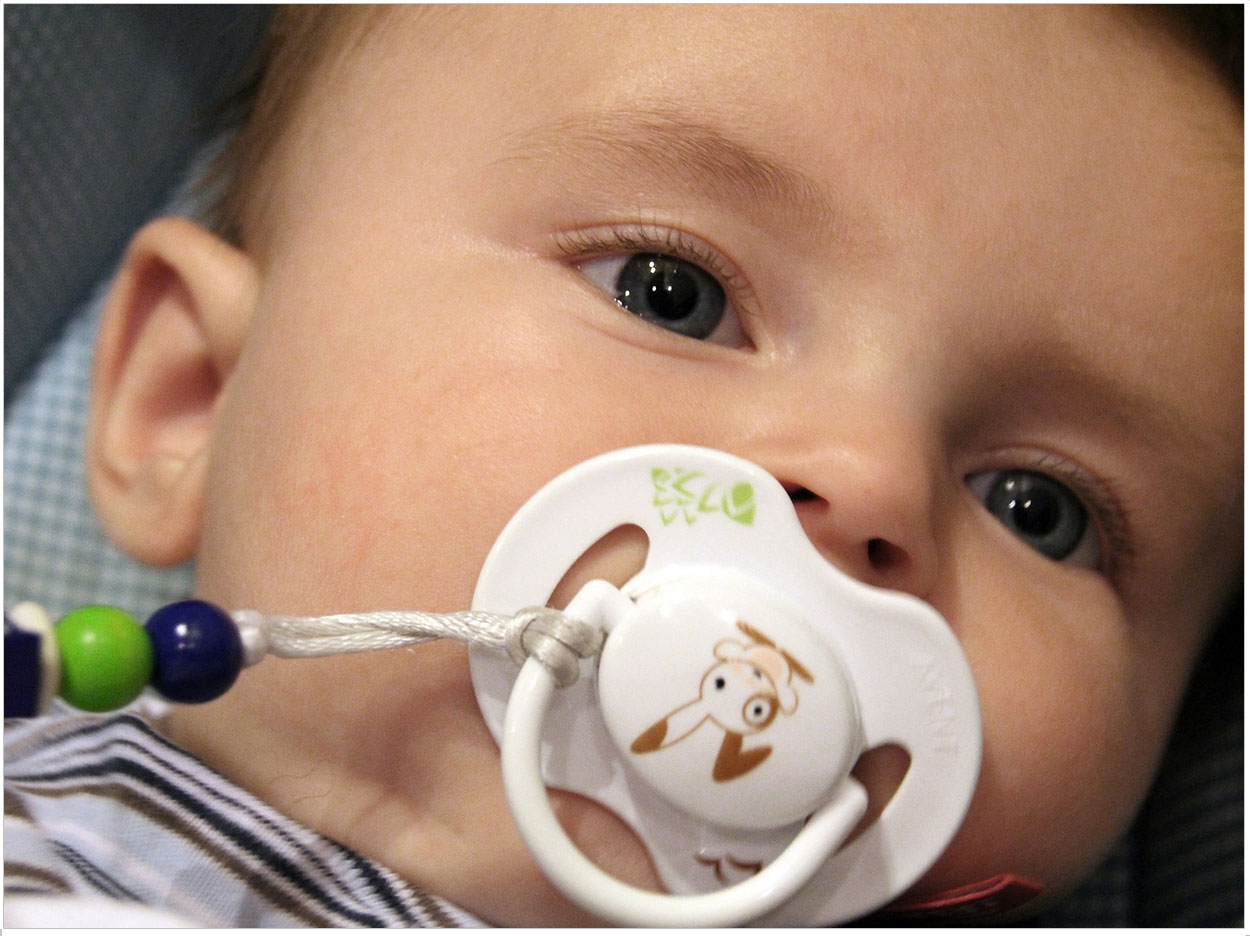
New parents often are told to take away their baby’s pacifier once the first tooth erupts. Otherwise, those new teeth will come in crooked, according to the conventional wisdom. One recent study from Brazil suggests that this advice is correct, too.
Subjects were divided into a control group without nonnutritive sucking habits, a group with orthodontic pacifiers, and a group with conventional pacifiers. Data was collected at birth, between the ages of 12 and 24 months, and between the ages of 24 and 36 months, followed by a clinical examination.
The researchers compared the prevalence and severity of anterior open bite, accentuated overjet, anterior crossbite, and posterior crossbite. With the use of a questionnaire, they found that the frequency, intensity, and duration of pacifier use all were associated with the occurrence of malocclusion compared to the control group.
Additionally, the researchers found a significant difference in the prevalence of malocclusion between the subjects using conventional pacifiers and orthodontic pacifiers for anterior overbite. Conventional pacifier use led to a greater risk of posterior crossbite, while orthodontic pacifier use did not.
The study, “Effects of Conventional and Orthodontic Pacifiers on the Dental Occlusion of Children Aged 24-36 Months Old,” was published by the International Journal of Pediatric Dentistry.
Related Articles
BMI Linked to Patient Cooperation in Orthodontics
Brace Yourself for DIY Orthodontia












